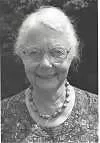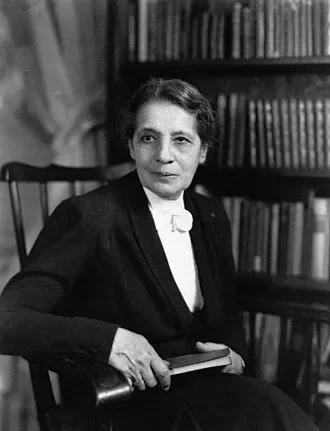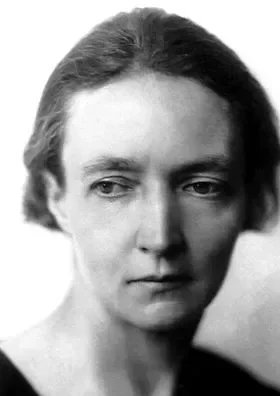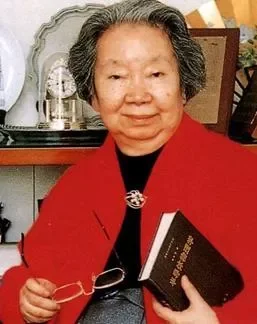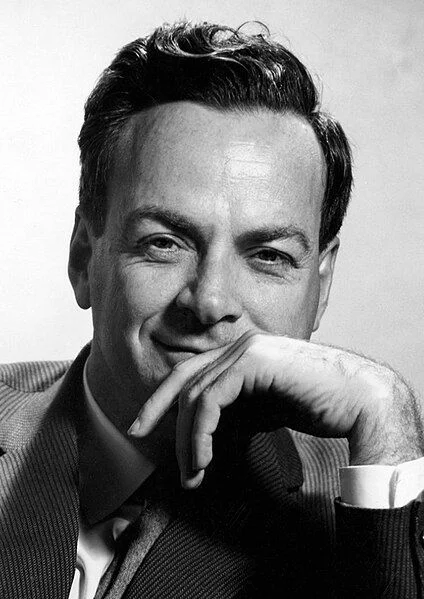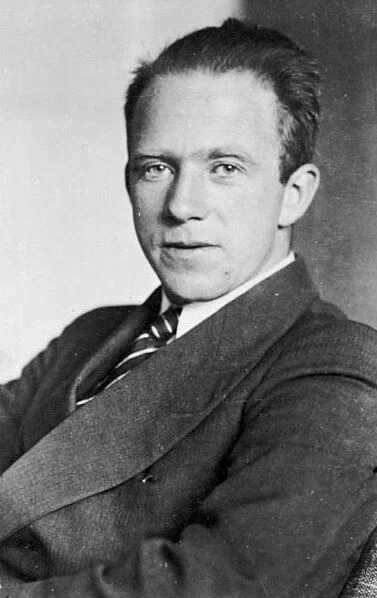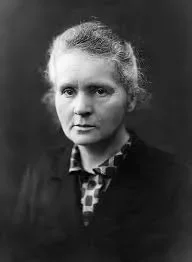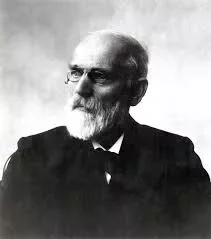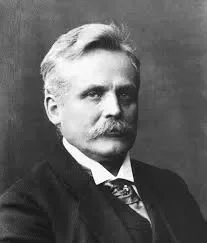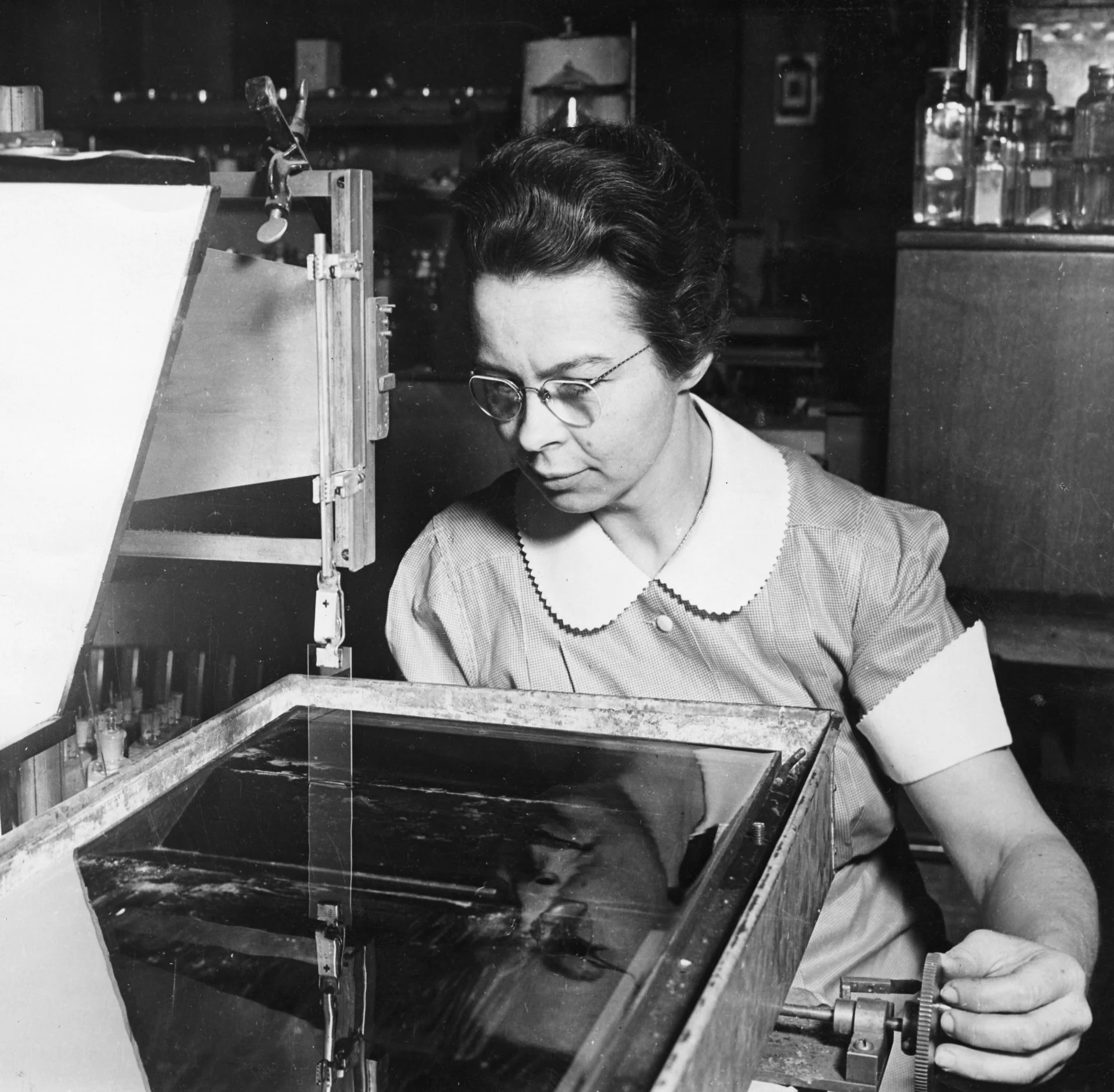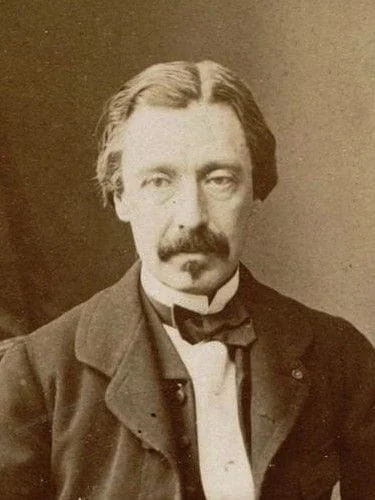Real Celebrities Never Die!
OR
Search For Past Celebrities Whose Birthday You Share
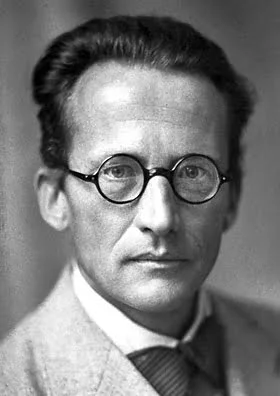
source:wikipedia.org
Erwin Schrödinger
Birthday:
12 Aug, 1887
Date of Death:
04 Jan, 1961
Cause of death:
Tuberculosis
Nationality:
Austria, Ireland
Famous As:
Physicist
Age at the time of death:
73
Early Life and Childhood
Erwin Schrödinger was born on August 12, 1887, in Vienna, Austria. His father, Rudolf Schrödinger, was a botanist and an oil cloth factory owner. His mother, Georgine Emilia Brenda, was a professor of chemistry. As a child, Schrödinger developed a strong interest in mathematics and science. He spent hours conducting experiments and exploring the natural world, fueling his curiosity.
Education and Academic Journey
Schrödinger was homeschooled in his early years. At the age of 11, he began attending the Akademisches Gymnasium, a prestigious high school in Vienna. Throughout his schooling, he was equally passionate about science, literature, and philosophy. In 1906, Schrödinger enrolled at the University of Vienna, studying under Franz Sacher, a renowned scientist. He earned his doctorate in 1910 and continued his academic career with a research position at the university’s Second Physics Institute.
World War I and Post-War Academic Positions
During World War I, Erwin Schrödinger served as a commissioned officer on the Italian front. Despite the harsh conditions, he continued his scientific exploration and published several research papers. After the war, Schrödinger secured prestigious academic positions at universities in Jena, Stuttgart, and Breslau (now Wrocław, Poland). In 1921, he became a professor at the University of Zürich in Switzerland, where he made groundbreaking contributions to the field of quantum mechanics.
The Schrödinger Equation and Quantum Mechanics
One of Schrödinger’s most significant achievements came in 1926 when he developed the Schrödinger equation. This mathematical formula calculates the probability of finding a subatomic particle in a specific location. The equation remains a cornerstone of quantum mechanics and continues to be relevant today. Schrödinger’s contribution earned him the Nobel Prize in Physics in 1933, solidifying his place in the scientific community.
Schrödinger’s Cat Thought Experiment
In 1935, Erwin Schrödinger introduced a famous thought experiment, “Schrödinger’s Cat.” This paradoxical experiment involved a cat in a box with a potentially lethal radioactive substance. The cat, according to quantum theory, could be both alive and dead simultaneously until the box was opened and an observation was made. This thought experiment highlighted the strange and seemingly contradictory nature of the quantum world.
Erwin Schrödinger's Quote's
Time at the University of Berlin
In 1927, Schrödinger joined the University of Berlin as a distinguished faculty member. However, his career was interrupted when the Nazis came to power in Germany. Fearing the oppressive regime, Schrödinger left his position and sought refuge in other countries. Eventually, he settled in Ireland, where he became the director of the Dublin Institute for Advanced Studies. He held this position until his retirement in 1955.
Later Life and Legacy
Erwin Schrödinger passed away in Vienna on January 4, 1961, at the age of 73. Despite battling tuberculosis throughout his life, he continued to make contributions to physics and explore philosophical questions until his death. His work revolutionized quantum mechanics and left a lasting impact on the scientific world. His thought-provoking ideas and contributions still inspire physicists and thinkers today.
Schrödinger’s legacy is a testament to his brilliance and dedication to understanding the universe. His groundbreaking equation and the famous thought experiment continue to shape discussions in science and philosophy, ensuring his name remains synonymous with quantum theory for generations to come.
Name:
Erwin Schrödinger
Popular Name:
Erwin Schrödinger
Gender:
Male
Cause of Death:
Tuberculosis
Spouse:
Place of Birth:
Vienna, Austria-Hungary
Place of Death:
Vienna, Austria
Occupation / Profession:
Personality Type
Advocate: Quiet and mystical, yet deeply inspiring, the Advocate is a tireless idealist driven by a profound sense of purpose. Though reserved by nature, he possesses a steadfast determination and an unwavering commitment to his values. He works diligently—often behind the scenes—to bring his vision of a better world to life, guided by empathy, insight, and conviction. His calm demeanor belies a passionate inner world, where ideas and ideals intertwine to shape everything he does.
Schrödinger is famous for his thought experiment known as "Schrödinger's cat," which illustrates the concept of quantum superposition and the interpretation of quantum mechanics.
Erwin was interested in philosophy and Eastern religions, particularly fascinated by Vedanta and Advaita Vedanta.
Erwin was nominated for the Nobel Prize in Physics several times but never received it.
He was a prolific author, wrote numerous papers and books on topics ranging from quantum mechanics to philosophy.
Nobel Prize in Physics for the formulation of the Schrödinger equation (1933), shared with Paul Dirac.
Max Planck Medal (1937)
Erwin Schrödinger Prize of the Austrian Academy of Sciences (1956)
Elected a Foreign Member of the Royal Society (ForMemRS) in 1949
Austrian Decoration for Science and Art (1957)

